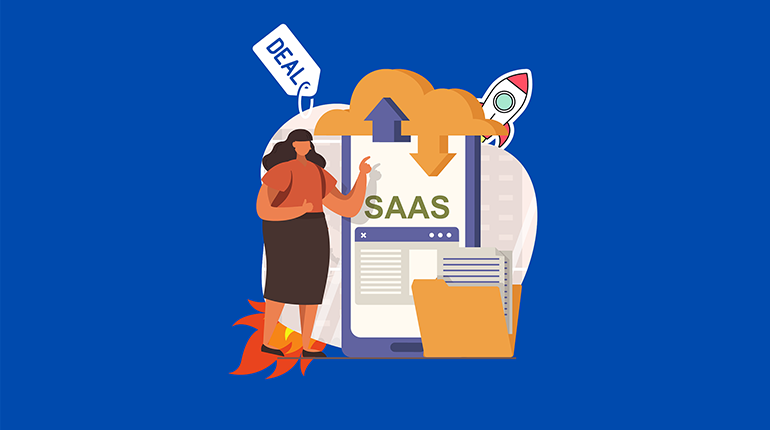Software-as-a-Service (SaaS) applications are becoming an increasingly common way to deliver software. The shift from traditional on-premises software delivery models benefits companies of all sizes. They can take advantage of a cost-effective and efficient way to access important business data. However, with this increased use of SaaS comes the need to ensure the security of these applications, plus the associated customer data stored within them.
In this blog post, we will explore best practices for securing SaaS applications. By following these tips and incorporating the right security controls, companies can ensure their data remains safe and secure while using cloud-based SaaS solutions.
Best Practices to Secure SaaS Applications
With regard to securing SaaS applications, there are several key steps organizations should take. These best practices can ensure customer data is safe and secure, while also maintaining the necessary levels of access for authorized users.
1. Monitor Access Levels
Organizations should monitor user access levels regularly to ensure only those with the appropriate permissions have access to sensitive data. They can do this through automated systems or manual reviews regularly.
2. CASB Tools
Cloud Access Security Broker (CASB) tools can provide enhanced security for SaaS applications. These tools can detect suspicious activity, monitor user access levels, and block malicious content from entering the system.
3. Use SaaS Security Posture Management (SSPM)
SSPM is a security practice specifically designed for SaaS applications. It provides additional layers of protection by monitoring user access and data flow, plus detecting any unauthorized activities or suspicious behavior.
4. Identify Vulnerabilities Regularly
It is critical to identify any potential vulnerabilities existing within a SaaS application regularly. Organizations can do this through automated scans or manual penetration testing. Once they identify any vulnerabilities, the organization should take steps to address them as soon as possible.
5. Test Security Controls Regularly
Organizations need to ensure their security controls are always working properly. To do this, they should conduct regular tests to assess the effectiveness of their security measures and identify any areas that may need improvement.
6. Educate Employees on Security Policies
For security controls to be effective, organizations should ensure their employees are aware of and understand the policies in place. This can include training sessions, written documentation, or even automated alerts when user access levels change.
7. Use Third-Party Vendors with High-Security Standards
Organizations should ensure any third-party vendors they work with are following high-security standards and best practices. This includes encrypting data both at rest and in transit, plus regularly testing for vulnerabilities.
8. Maintain Adequate Backup Solutions
In case of an unexpected system outage, organizations should have adequate backup solutions in place to ensure business continuity. This includes both local and cloud-based backups for quick and secure data restoration.
9. Implement Multi-Factor Authentication
Multi-factor authentication (MFA) is one of the most effective ways to secure SaaS applications. It requires users to provide multiple credentials before they can access the application. This adds another layer of security that makes it much more difficult for unauthorized individuals to gain access.
10. Review Policies and Procedures
Finally, it is important to review the organization’s security policies and procedures regularly. This can ensure that they still meet the organization’s needs, plus any changes in industry regulations or best practices.
Conclusion
By following these best practices, organizations can ensure their customers’ data is secure and protected when using SaaS applications. This includes monitoring access levels, implementing multi-factor authentication, using encryption technologies, identifying vulnerabilities regularly, testing security controls, and educating employees on security policies. Also, organizations should use third-party vendors with high-security standards and maintain adequate backup solutions, understand regulatory requirements, and review their policies and procedures regularly. These steps will help organizations to protect their customers’ data when using SaaS applications. If you need help implementing these security measures for your SaaS application, contact us today. SMS Datacenter provides a wide range of solutions to help you protect your customers’ data.

